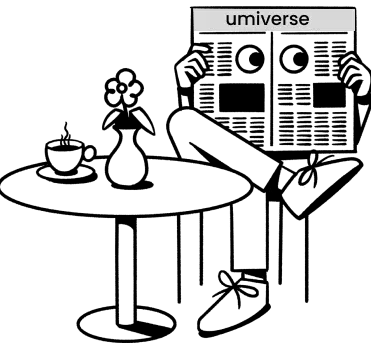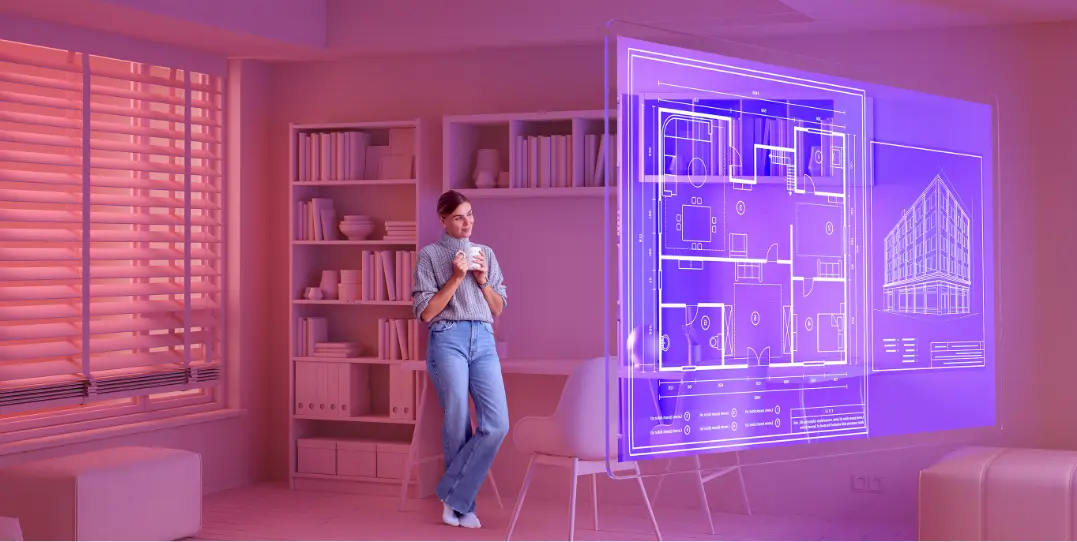Educators
How visual learners benefit from a different way of absorbing information
With the use of technology in education, it’s like playing a game and learning at the same time!
Ah, visual learners! The chosen few who prefer to soak up information in a different way than others. While other learners rely heavily on theories, lectures, and notes, visual learners have a secret weapon up their sleeves: their eyes! Visual learners are those who learn best through images, graphics, and diagrams; they are the ones who doodle in class, use highlighters to color-code their notes, and can visualize complex ideas in their minds. And with the use of technology in education, it’s like playing a game and learning at the same time!
But why should we care about visual learning? For starters, visual learning makes learning more fun. Who wouldn’t want to learn about the human body through an interactive 3D model or explore the inner workings of an engine through a virtual reality simulation?
And speaking of virtual reality, that’s where things get really exciting. VR learning takes visual learning to a whole new level by immersing learners in a fully interactive and immersive environment. With VR, every learner can become a visual learner.

How visual learners learn differently
Visual learning is a more engaging and effective way of absorbing information. One of the main benefits of being a visual learner is that it allows you to absorb information more quickly and easily. Studies have shown that visual aids can improve learning outcomes by up to 400%. But how does VR work as a visual aid for education?
Picture this: a learner studying marine biology in a traditional classroom listens to a lecture on different fish species. While they daydream about swimming with the fishies in a coral reef, with VR, they can dive right into the action! With the use of technology in education, you can create magic. But VR learning isn't just about the wow factor. It also has practical benefits for learners.

Just don’t see it; experience it
When information is presented in a visual format, such as through images or videos, it can be easier to understand than when it is presented in a text-based format. In VR, learners not only get to see the concept that they’re learning but also experience it. It makes the learners more engaged in the lessons.
From eyes to memory
Research has shown that individuals are more likely to remember visual information than textual information. As a learner immerses themselves in a virtual environment where they explore ancient ruins or shrink down to enter a leaf, the experience will forever be etched in their mind. That's the power of visual learning in VR.
From basics to expertise
Suppose you’re a math teacher, and you want to teach your students about trigonometry. Chances are most of your students won’t be able to understand it if you teach them in a traditional classroom setting because that’s a tough concept. While the same concept can be taught in VR, demonstrating how the concept works in real-life situations. In VR, learners are able to visualize complex concepts and ideas in a way that they cannot in theory. This can help them better understand how different ideas fit together and how they relate to each other.
In a world full of textbooks and classrooms, the contribution of VR technology in education gives a chance to spice things up and become a visual learner! From exploring ancient ruins to practicing heart surgery, with VR, learners can immerse themselves in a world of adventure and excitement. By tapping into the power of visual aids and embracing new technologies like VR in education, we can create a more engaging, effective, and fun way of learning for our learners. So, let’s make our learners visual learners!

Get stories selected just for you, right in your inbox.

Get stories selected just for you, right in your inbox.
This might interest you











